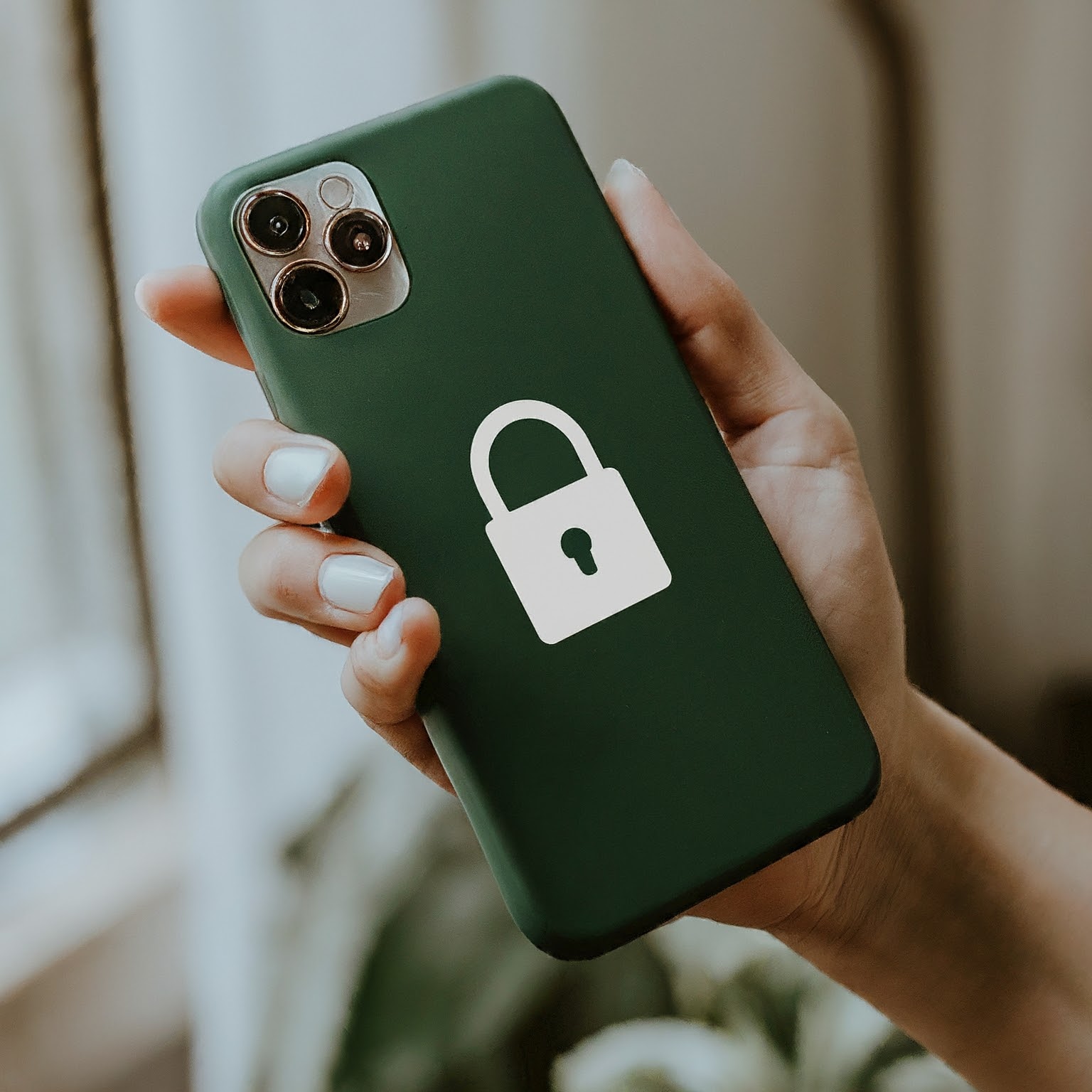iMessage Scams: How a Simple Reply Can Put You at Risk

We all rely on our smartphones for communication, and Apple's iMessage is a popular choice for many. Unfortunately, scammers are constantly finding new ways to exploit technology, and a recent surge in iMessage phishing attacks (also known as smishing) is particularly concerning. These attacks use a clever tactic to bypass Apple's built-in security, putting unsuspecting users at risk. This post will explain what phishing is and how these scams work and, most importantly, how to protect yourself.
What is Phishing?
Phishing is a type of cyberattack where scammers attempt to trick you into revealing personal information, such as usernames, passwords, credit card numbers, or bank account details. They typically do this by disguising themselves as a trustworthy entity in an electronic communication, such as an email, text message, or website. The goal is to deceive you into believing you are interacting with a legitimate organization, like your bank or a well-known company, so you willingly provide your sensitive data.
bank account details. They typically do this by disguising themselves as a trustworthy entity in an electronic communication, such as an email, text message, or website. The goal is to deceive you into believing you are interacting with a legitimate organization, like your bank or a well-known company, so you willingly provide your sensitive data.
Scammers are using a tactic to get you to turn off Apple built-in security feature that disables links in text messages from unknown senders. This means that if you receive a message from a number not in your contacts, any website links, email addresses, or phone numbers within that message are inactive. This is a crucial first line of defense against phishing attempts.
However, scammers have found a way around this. The trick is simple: if you reply to the message or add the sender to your contacts, those links become active. This seemingly innocuous action effectively disables Apple's protection, opening you up to potential harm.
How the Scam Works in Practice
You might receive a message claiming to be from a legitimate source, such as:
- Apple Support: Warning about a security breach on your account.
- A delivery service: Notifying you about a missed delivery and requiring confirmation.
- Your bank: Alerting you to suspicious activity on your account.
 These messages often contain a sense of urgency, pressuring you to act quickly. They will typically include a link that, once clicked, leads to a fake website designed to steal your personal information, such as:
These messages often contain a sense of urgency, pressuring you to act quickly. They will typically include a link that, once clicked, leads to a fake website designed to steal your personal information, such as:
- Apple ID and password
- Bank account details
- Credit card numbers
- Social Security number
-
Because you've replied to the message or added the sender to your contacts, the link becomes live, and you're directed to the fraudulent site.
Here are some crucial steps you can take to stay safe from these iMessage scams:
- Never reply to messages from unknown senders: This is the most important rule. Even a simple "stop" or "unsubscribe" can activate the links.
- Don't add unknown senders to your contacts: Avoid the temptation to add the sender to your contacts, as this also activates the links.
- Be suspicious of urgent messages: Scammers often use urgency to pressure you into acting without thinking. Take a moment to assess the situation before taking any action.
- Verify directly with the source: If you receive a message claiming to be from a legitimate organization, contact them directly through their official website or phone number. Don't use the contact information provided in the message.
- Never enter personal information on a website accessed through a text message link: Legitimate organizations rarely request sensitive information via text message.
- Enable two-factor authentication (2FA) wherever possible: This adds an extra layer of security to your accounts.
-
Keep your software updated: Ensure your iPhone's operating system is up to date to benefit from the latest security patches.
These iMessage scams are a stark reminder of the importance of vigilance in the digital age. By understanding how these tactics work and following the simple precautions outlined above, you can significantly reduce your risk of falling victim. Remember, never reply to messages from unknown senders and always verify directly with the source if you receive a suspicious message. Staying informed and cautious is the best defense against these ever-evolving threats.
- Stop the Fight! SEO and Social Media: A Powerful Partnership for Website Growth
- The Click That Changed Everything: When CAPTCHA Turns Corrupt
- iMessage Scams: How a Simple Reply Can Put You at Risk
- Chrome Users: Are Your Extensions a Security Risk?
- Don't Let Your IT Budget Go to Waste: A Year-End Opportunity
- Your Digital Footprint: How Your Online Activity is Tracked and Monetized (and What You Can Do About It)




